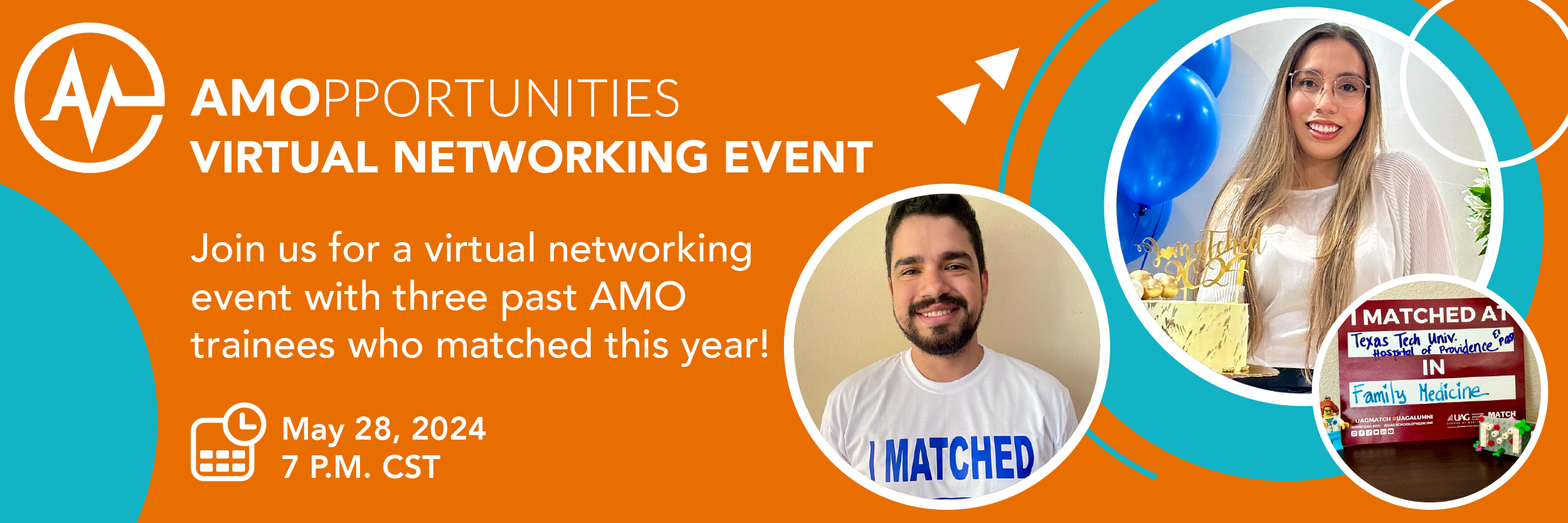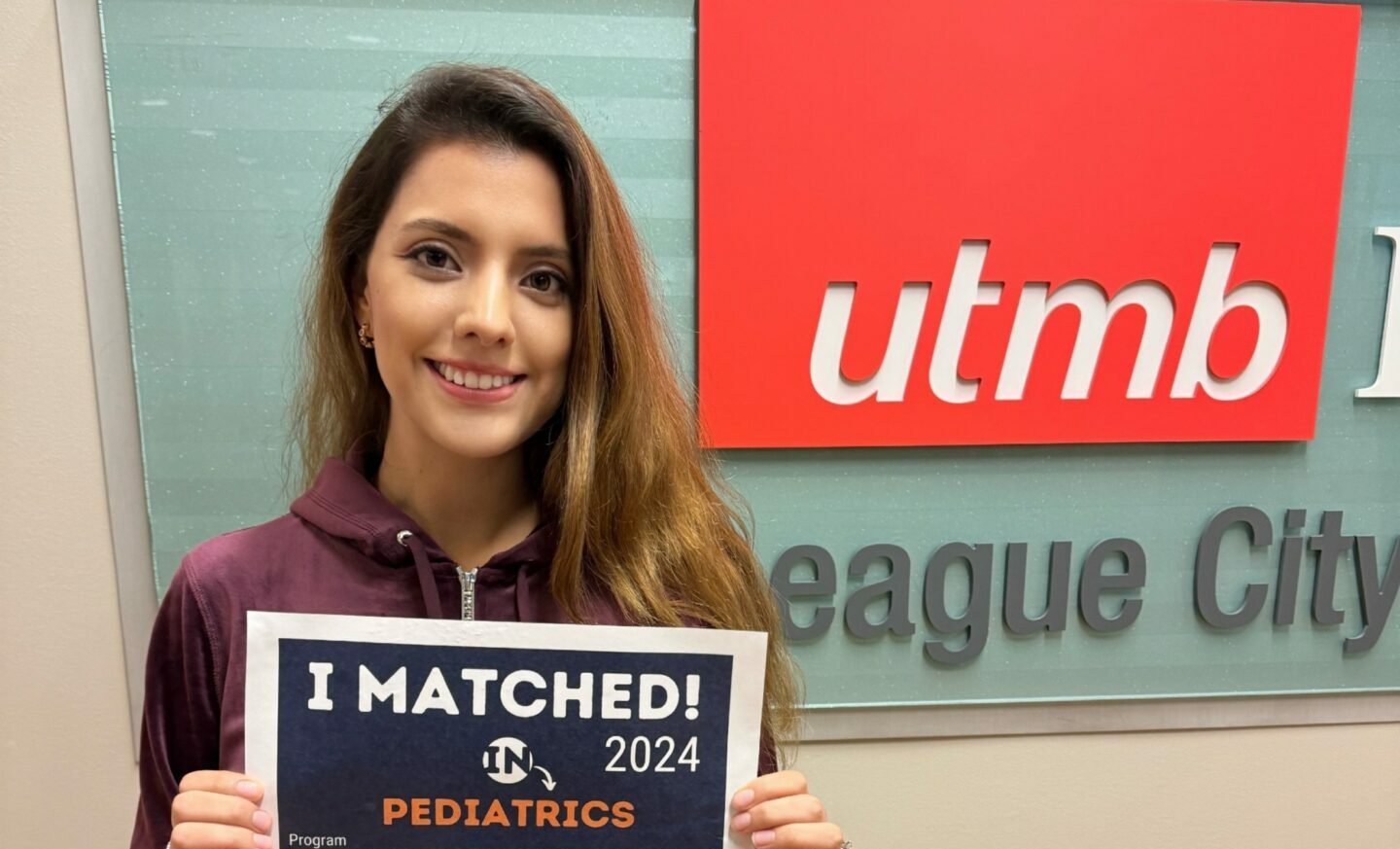The use of simulation training in medical education is on the rise.
Simulation training recreates real-world clinical environments for medical trainees across healthcare professions. It utilizes standardized patients and mannequins to give medical trainees an experiential and immersive clinical learning experience.
Despite its recent rise in popularity, however, simulation training is not new to medical education. For more than a decade, simulation training has been used in medical education to counter an increase in deaths caused by medical errors. In 2012, some ACGME residency committees even began to require simulation training as part of residency programming.
As technology continues to improve, simulation training in medical education will become more popular and more accessible. Whether you are a hospital system looking to implement a simulation-based program or a student considering attending one, below we take a look at four benefits of simulation training in medical education to highlight why the option might be right for you.
Simulation Training Prioritizes Patient Safety
At its core, simulation training in medical education is about patient safety. It is intended to reduce consequential medical errors when trainees eventually become practicing physicians. By replicating real-world clinical environments, simulation training offers the chance to build familiarity with the clinical setting while having the space to safely make mistakes, learn from those mistakes and try again. Additionally, this training happens under the supervision of a healthcare professional and may even be recorded. This allows the opportunity for thorough evaluation and feedback to be provided to medical trainees.
Simulation training is especially useful for novice medical trainees with limited clinical exposure. However, it is also beneficial for experienced medical professionals. As any medical situation can be replicated, more experienced trainees benefit from recreating complex, rare, and dangerous situations. No matter a trainee’s level of experience, simulation training helps build clinical “muscle memory” that makes live patient interactions safer.
It Provides Customizable Learning Scenarios
Because simulation learning utilizes mannequins and standardized patient training, it presents trainees with a broad spectrum of situations in which to learn. In real-world clinical settings, training is reliant on the cases patients bring to the clinic any given day. Through simulation training, program instructors can create any clinical and/or medical situation for the trainee.
Some simulation centers may even work with trainees to determine which cases or situations they want to learn from and work with the trainee to schedule them throughout the simulation training. Also, because of simulation training’s mistake-friendly nature, these scenarios can be recreated and rescheduled at will, which allows for more exposure to even the rarest of clinical situations.
It Instills Confidence
Outwardly, familiarity with the clinical setting and the development of a clinical muscle memory translates to patient safety. As a trainee, this translates to confidence. Between a mistake-friendly environment and the ability to recreate any learning situation at will, repetition helps trainees develop their clinical decision-making skills. Confidence will make trainees more autonomous during their residency years. Short-term, confidence helps patients feel more secure and trusting of the clinic.
The confidence gained from simulation training is not limited to determining a diagnosis. It can also include gaining confidence with patient interactions or approaching high-stress situations.
It Helps Apply Academic Knowledge
Before stepping foot in a clinic, students will spend multiple years in classroom environments building a basic science foundation. Shadowing (for pre-med students) and clinical observerships can be a good means of seeing classroom knowledge in action. However, simulation training’s more involved nature helps students apply that classroom knowledge sooner and more often.
Again, the ability to make mistakes becomes an asset of simulation training. With the freedom to mess up, trainees are able to apply their knowledge sooner. Rather than diving into the high-stakes situation of a real-world patient interaction where they may mimic the behavior of the attending physician, simulation training allows trainees to apply their academic knowledge and theory to these situations. This affords trainees the ability to make mistakes and learn the concepts from their education that effectively translate to certain scenarios.






